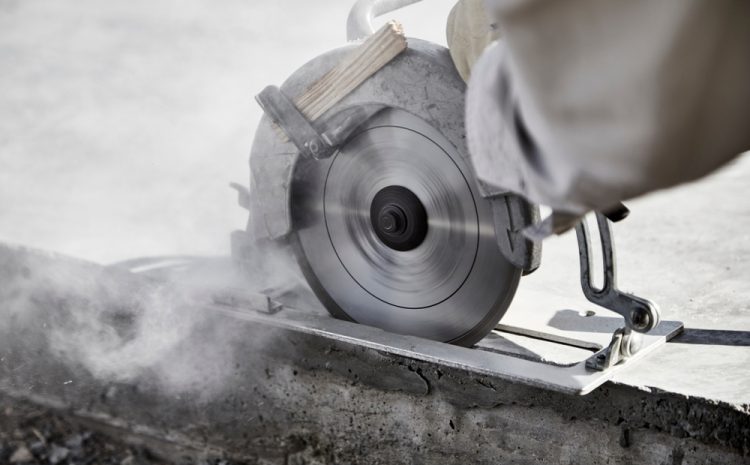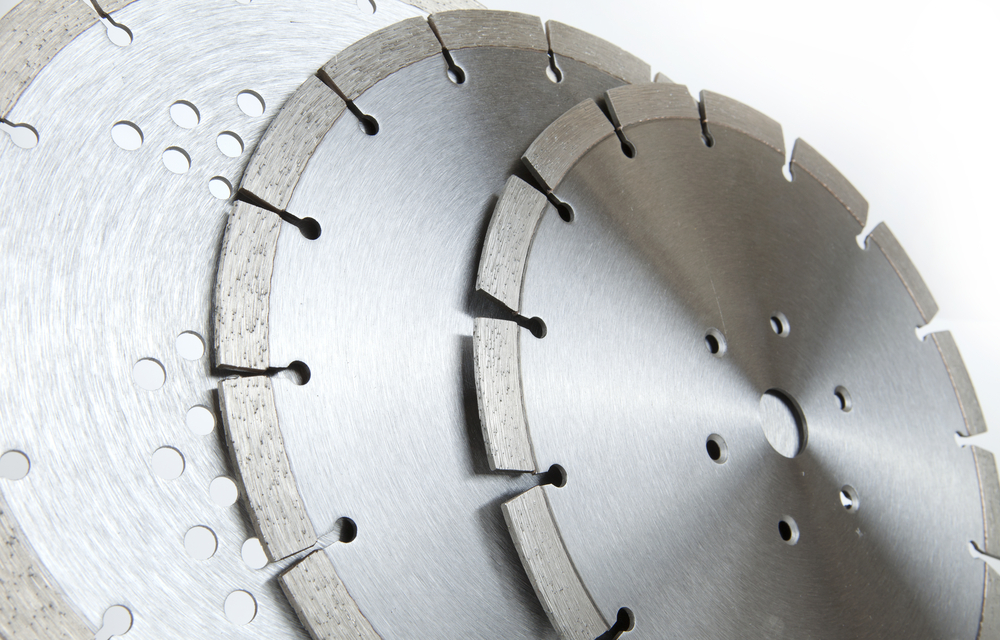
Can Masonry Blades Be Used For Cutting Concrete?
Are you planning a major renovation or construction project? Do you need to cut some thick concrete? If so, having the right tools will make the job much easier. If you’ve never had to cut concrete before, you may be wondering if masonry blades can be used for cutting concrete?
The answer is that yes, they can, but depending on the type of job you have in mind they might not be the best solution.
What Blades Are The Best For Cutting Concrete?
There are several types of blades on the market, including:
- Abrasive corundum masonry blades
- Dry cutting diamond blades
- Wet cutting diamond blades
Abrasive corundum diamond blades are inexpensive and widely available in a variety of sizes. They are capable of cutting concrete, but only very slowly. Each pass will be shallow, so you’ll need to make several passes to cut thick concrete.
In addition, the blades will wear out properly, so you’ll find yourself needing to stop the job to swap the blade regularly. Also, because these blades can be used only for dry cutting, they’ll generate a lot of dust, which can make work inconvenient, messy and dangerous.
If an abrasive masonry blade is all you have, and you’re cutting concrete as a one-off, they’ll get the job done. However, just about any form of diamond blade is preferable.
Diamond blades feature a serrated or toothed rim that has diamonds glued to it. The diamonds are positioned in a way that directs dust away from the blade, reducing heat build-up. Diamonds are incredibly strong and tough, so can cut through even the strongest of materials.
Diamond blades cost a lot more than standard masonry blades, but they last a lot longer and cut more quickly, which makes them worth the expense and better value for money.

Wet Cutting vs Dry Cutting
Diamond blades are available in wet cutting and dry cutting formats. Dry cutting blades can be used with any circular saw and are good for small jobs, but the process of dry cutting kicks up a lot of dust and dirt. If you’re cutting concrete indoors with a dry blade you’ll have a significant cleanup job afterwards.
Wet cutting uses a stream of water to keep the blade cool and prevent some of that dust from being kicked up. Wet cutting is faster than dry cutting and generally cleaner and more convenient. However, it requires a special blade and a special saw that can safely be used around water. These tools are worth the investment, however, because the blades last so much longer and you can cut concrete very quickly with this method.
Some people use standard saws with a GFCI-protected extension cord, and then a slow stream of water from a separate hose. This technique requires two people (one to operate the saw and one to control the water flow) and is not recommended. Water and electricity don’t mix, so if you’re going to try wet cutting a large amount of concrete, use a saw that’s intended for that purpose.
Always Put Safety First
Whatever type of concrete work you’re doing, it’s important you put safety first. Cutting concrete can generate a lot of dust, so always wear a mask and safety goggles. Earmuffs and steel-capped boots are also a good idea. You should work in a well-ventilated area where possible, and keep children or pets well away from the work area to prevent accidents and injuries.
Whether you choose diamond blades or a different type of abrasive masonry blade, make sure both the blade and the saw are in good condition. This will help keep you safe and make the job go much more smoothly too.
If you are looking for a concrete cutting company in Sydney that is trustworthy and reliable, then don’t go past Sydney Sawing & Drilling. Please call us today on (02) 9158 6101 or leave an enquiry.

